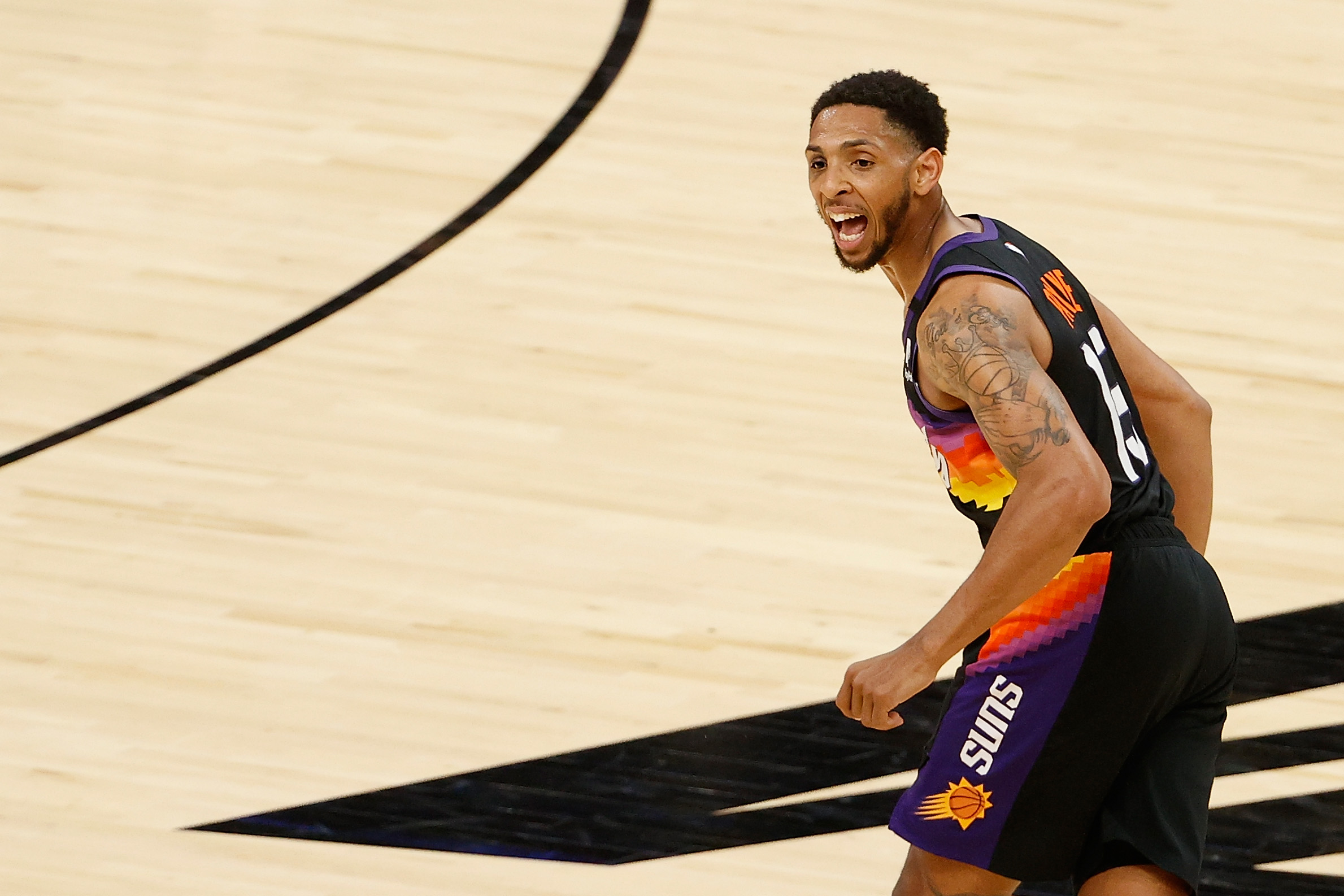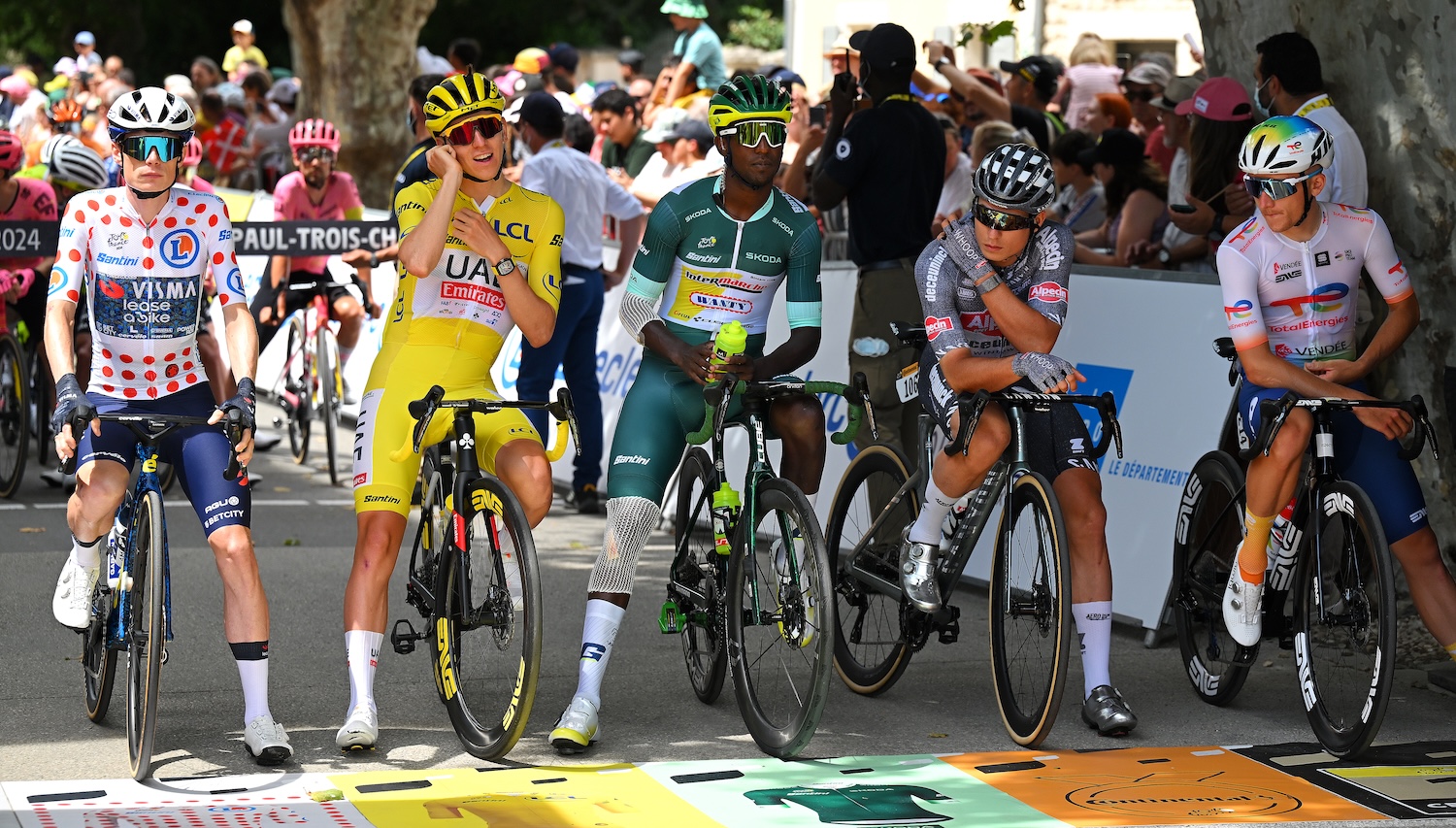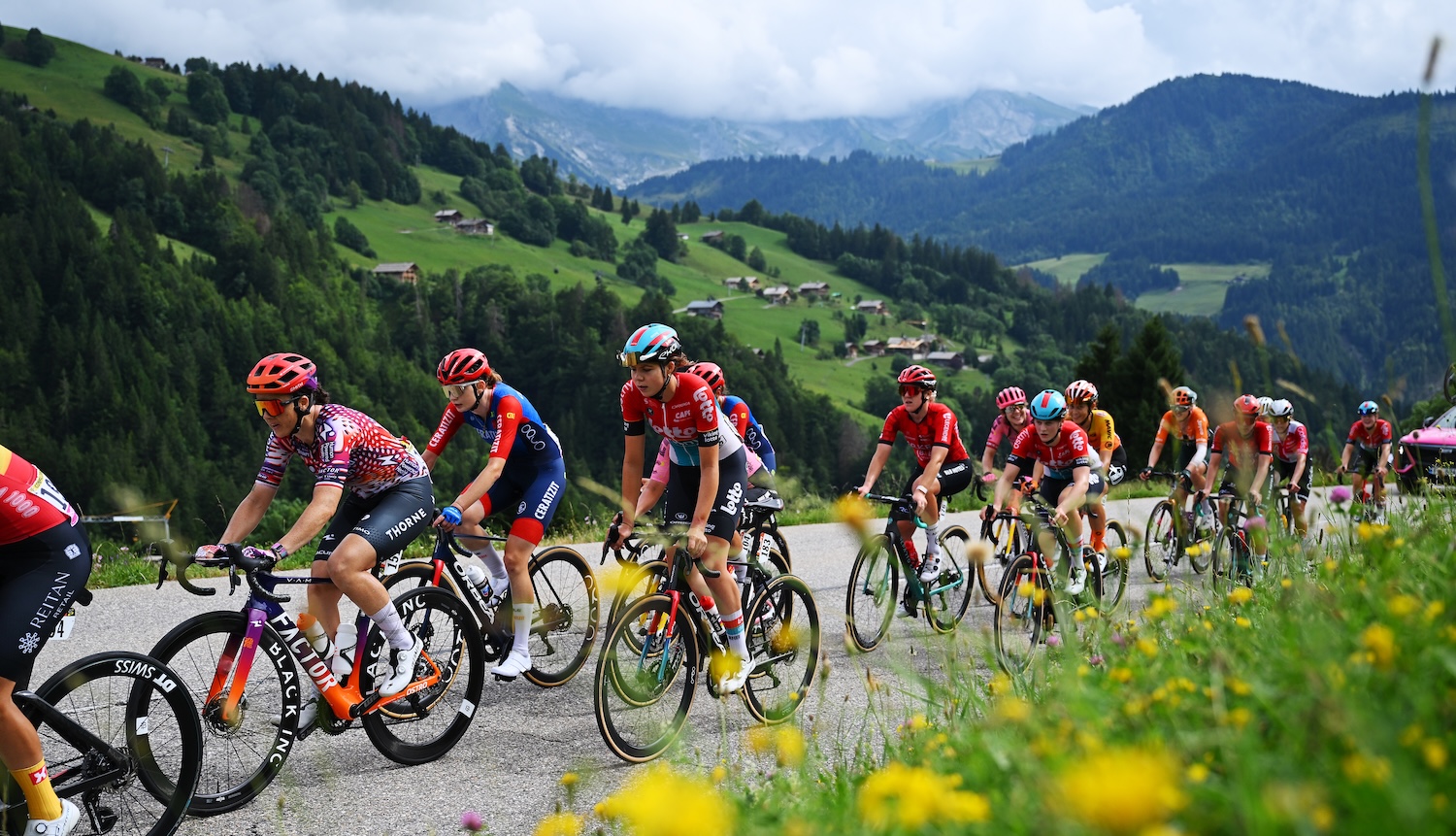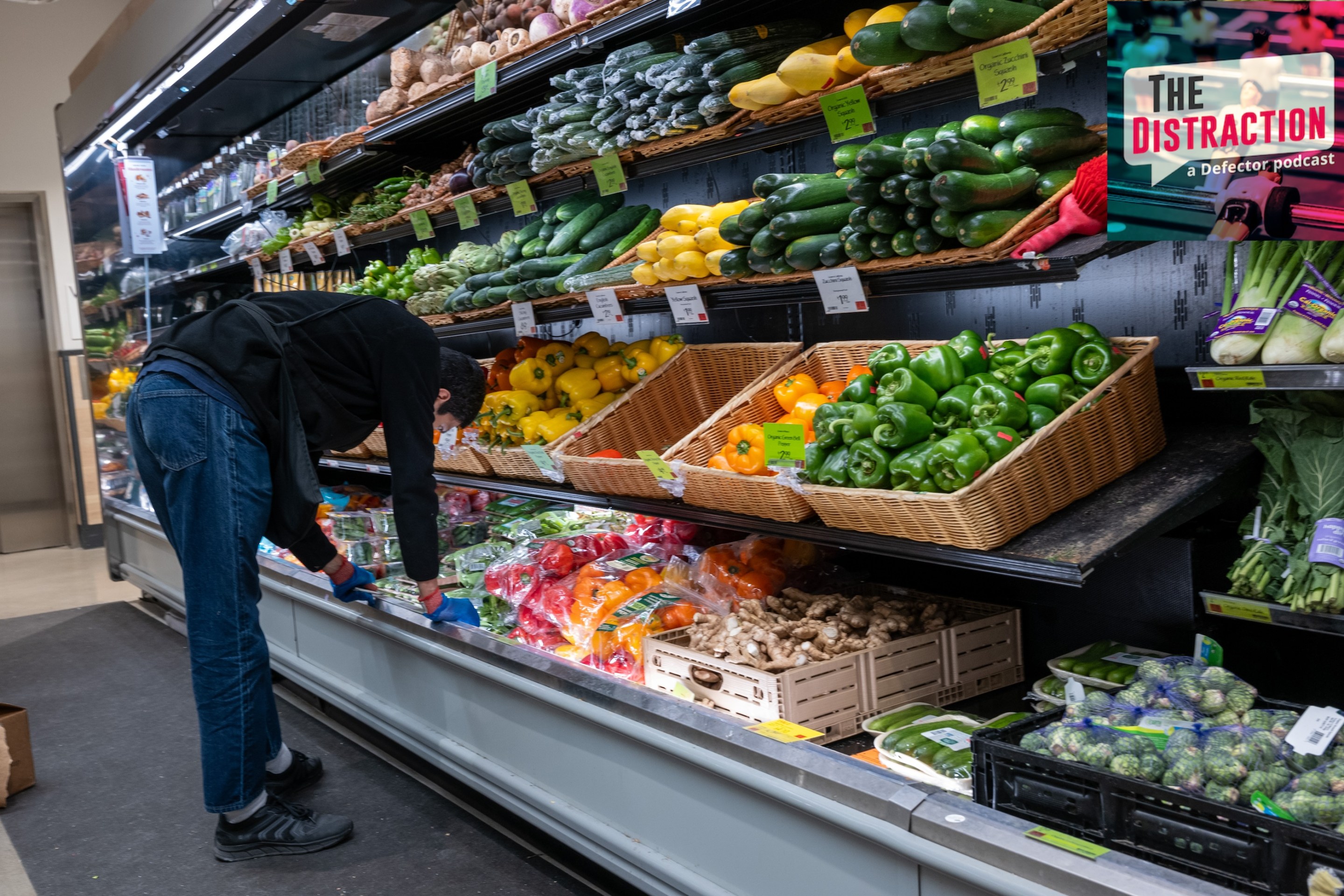Cameron Payne of the Phoenix Suns came a long way to earn a job that would put him in Nikola Jokic's crosshairs during a second-round elimination game. Not too long ago, Payne could scarcely have dreamed that he'd have the honor of getting clobbered by an MVP without first ambushing someone in a darkened alley. Before he became the guy who was wiped out by an ornery Jokic, Payne spent most of his career as a chronically injured backup guard riding the dwindling momentum of regrettable draft hype. If you start with a narrowed focus on that draft pedigree—Payne was taken 14th overall in 2015, one pick after teammate and ascending superstar Devin Booker—and flash all the way forward to now, that he is an 18-minute-a-night caretaker stashed behind two ball-dominant, high-usage guards, and whose most notable contribution to a playoff run so far involves eating Jokic's sweaty elbow meat, might register as a mild disappointment. But if you chart his path through the league a little more carefully, that he is playing valuable rotation minutes on a conference finalist starts to look like a minor miracle.
Jokic got ejected after this hard foul on Payne 😯 pic.twitter.com/EvG1Dfvuub
— Bleacher Report (@BleacherReport) June 14, 2021
Unlike teammate Chris Paul, who for bog standard narrative purposes would prefer to be thought of as a lifelong underdog despite all evidence to the contrary, Payne has forged a genuinely unlikely path to within sniffing distance of an NBA championship. He was a lightly regarded high school player who landed at scrappy mid-major Murray State, then a contender in the Ohio Valley Conference, but only that. Two years later the Racers landed another unheralded high school guard named Ja Morant, and now might conceivably have the kind of cachet where a hotshot young player would choose them out of something other than a lack of better options. In 2014 they were the school of Popeye Jones. At any rate, in his sophomore season Payne won OVC player of the year and led the team to the NIT quarterfinals—not an especially proud summit even by Murray State standards—and then bolted for the NBA draft. The timing was right: Not only was Morant about to take over as the team's alpha playmaker, but the NBA had gone a little crazy in the early Damian Lillard era with the allure of skilled small-school guards—Elfrid Payton was taken 10th overall out of Louisiana-Lafeyette in 2014 despite having no idea whatsoever how to make the ball go into the basket—and Payne's steady playmaking instincts and abundant craft generated lottery buzz that in retrospect looks a little bit silly, especially when the job he'd been drafted into was backup to Russell Westbrook during Westbrook's terrifying athletic prime.
Still, this might've worked, and Payne might've had a decent shot at redeeming that lottery stock, if his body hadn't soon turned into a giant pile of warming gelatin. It started with an accursed right foot that required surgery following his quiet rookie season. After a quick recovery Payne was back at practice, but just two days later his fifth metatarsal, the one that'd just been repaired by a surgeon, kerploded, costing Payne three months of regular season action. The Thunder were in the desperate post-Durant time, Westbrook was putting up unprecedented numbers in one of the most ball-dominant seasons in history, and the last thing the organization needed or had time for was a below-the-rim backup with a bum foot who'd have to play his way into rhythm during the back-half of a hell-bent sprint for the playoffs. Payne still had some leftover intrigue from the draft, in large part because he hadn't yet had enough reps to dispel all rumors of vast untapped potential, and so the Thunder swapped him to the Bulls for Taj Gibson, Doug McDermott, and a second-round pick. The Thunder got some veterans for a playoff push; the Bulls got an underexposed youth with a hilarious-in-retrospect-but-still-vaguely-credible lottery grade stamped on his résumé. The valuations look funny now, but whatever: Disentangling that stuff from a lot of context beyond the control of the players involved is the way of madness.
The trade ultimately moved the needle not at all for either team. Importantly, it also did not fix Payne's wacky foot. He shot 33 percent from the floor in 11 games with the Bulls down the stretch of that lost season, then required another offseason surgery on that damned metatarsal. Recovery time and the arrival in Chicago via trade of Zach LaVine and Kris Dunn put a low cap on Payne's opportunities. He played 25 games his third season, sucked badly, and saw the larger part of what remained of his early hype vanish. The Bulls waived him in early January the following year. At this point he was perilously close to the end of his NBA career. The dreaded Cleveland Cavaliers gave him a pair of 10-day contracts that spring, but this was less about sniffing around his carcass than it was preserving their draft odds—giving minutes to Cameron Payne was, by now, a good tanking strategy. He landed his gig on these Suns via a Summer League invitation, a pride-swallowing long-shot for a guy who entered the league as a presumptive lead ball-handler and future starter. Entering this season he'd played a total of 161 games across five seasons as a professional. His best stretch of play since his sophomore season in college—in fact the only stretch of play where he was consistently ambulatory, to say nothing of reasonably productive—came in the NBA's developmental league, after he'd bombed out of Chicago's plans.
Draft hype might've kept Payne within arm's reach of the league where a lot of guys with his career numbers—six measly points per game on dismal 39 percent shooting prior to joining the Suns, his fourth team in five seasons—would otherwise have been shunted off to China, but it also saddled him with the dreaded draft bust label, even if most of his best opportunities were thwarted by a bum foot and some unsuccessful surgeries. Draft busts are often as not just victims of their times: The hype that pushed Payne into the lottery was centered more on a nameless idea of a player than on Payne specifically, and like all passing hypes was fueled by general managers who by and large suck shit at their jobs. Various overseas leagues are bursting with undersized small-school guards who are both perfectly excellent basketball players and who could never, on their very best day, hang for a couple meaningful shifts in an NBA playoff game. Hype well outside of Payne's control saddled him with unrealistic expectations, but that he developed into a guy who could play his way to within punching distance of Nikola Jokic in an elimination game places him in the 99.9999999999th percentile of guards with his body type and athletic profile. Ignore the pick number and focus on the rest of his story and you've got a fantastic success story, delayed by a mercurial foot bone.
Where Payne was miscast as a lottery pick, and glaringly miscast as Russell Westbrook's understudy, and even miscast as a potential foundational piece of a teardown-and-rebuild, he is actually delightfully suited to spelling the similarly ground-bound and pear-shaped late-career Chris Paul. Sixteen years of stardom and heavy use have left Paul with greatly diminished athleticism but a bottomless bag of tricks; Payne, who in his wildest dreams was never Paul's equal as an athlete, arrived at the all-gumption-and-craft phase of his career via a series of unfair injuries and humiliating demotions. He hasn't had time to fill out as vast a catalogue of basketball-adjacent moves, but that's where playing 18 minutes a game, largely against fellow backups, suits him just fine. It helps that his jumper finally came around—Payne shot 44 percent from beyond the arc this regular season, on decent enough volume—but more than anything he's finally landed a job that suits what he can do, instead of what some flailing front office honcho working on too much coffee and too little information could imagine him doing.
Under Monty Williams Payne's job is to run pick-and-rolls, shoot when open, and avoid turnovers. The Suns play hard as hell on both ends, move constantly, maximize their marquee dudes, and distribute the leftover shots based on favorable matchups and which way the defense tilts on a given possession. There isn't a star- or future-star-shaped hole to fill, and anyway if there ever was it's shaped to fit DeAndre Ayton, and not a plodding third guard who chips in a couple buckets a night and otherwise keeps the ball moving. You wouldn't spend a lottery pick to fill Payne's current role, but for the first time in his NBA journey you might reasonably argue that that's a mark against the way the draft tends to only measure potential in terms of long-shot upside. Payne was the third point guard drafted in 2015; the two guys selected ahead of him were D'Angelo Russell and Emmanuel Mudiay, with the second and seventh overall picks, respectively. Only one of those three guys could even dream of holding down a rotation job as Chris Paul's backup on a conference finalist. Maybe hindsight is starting to come around.







